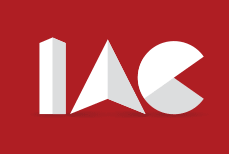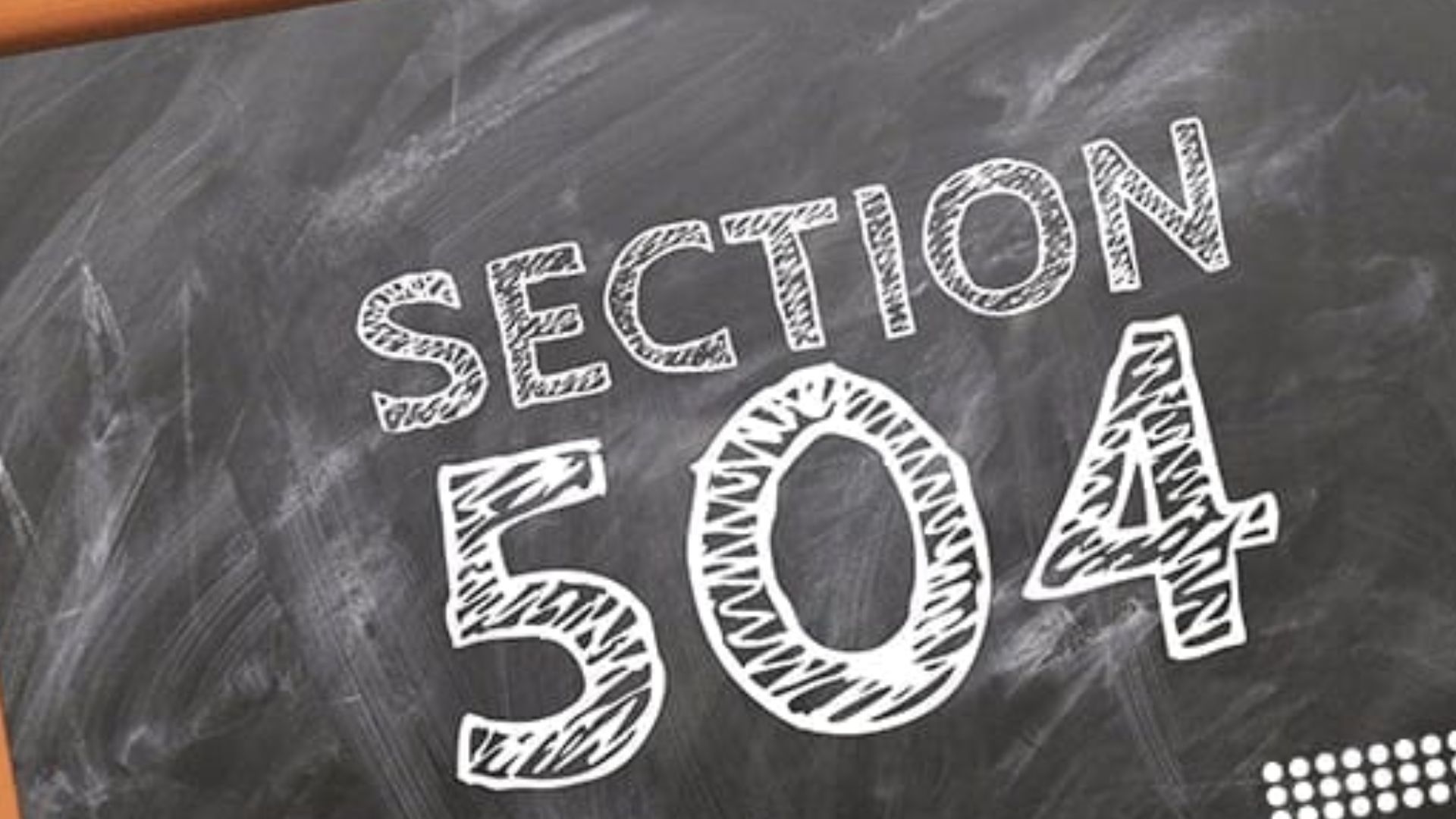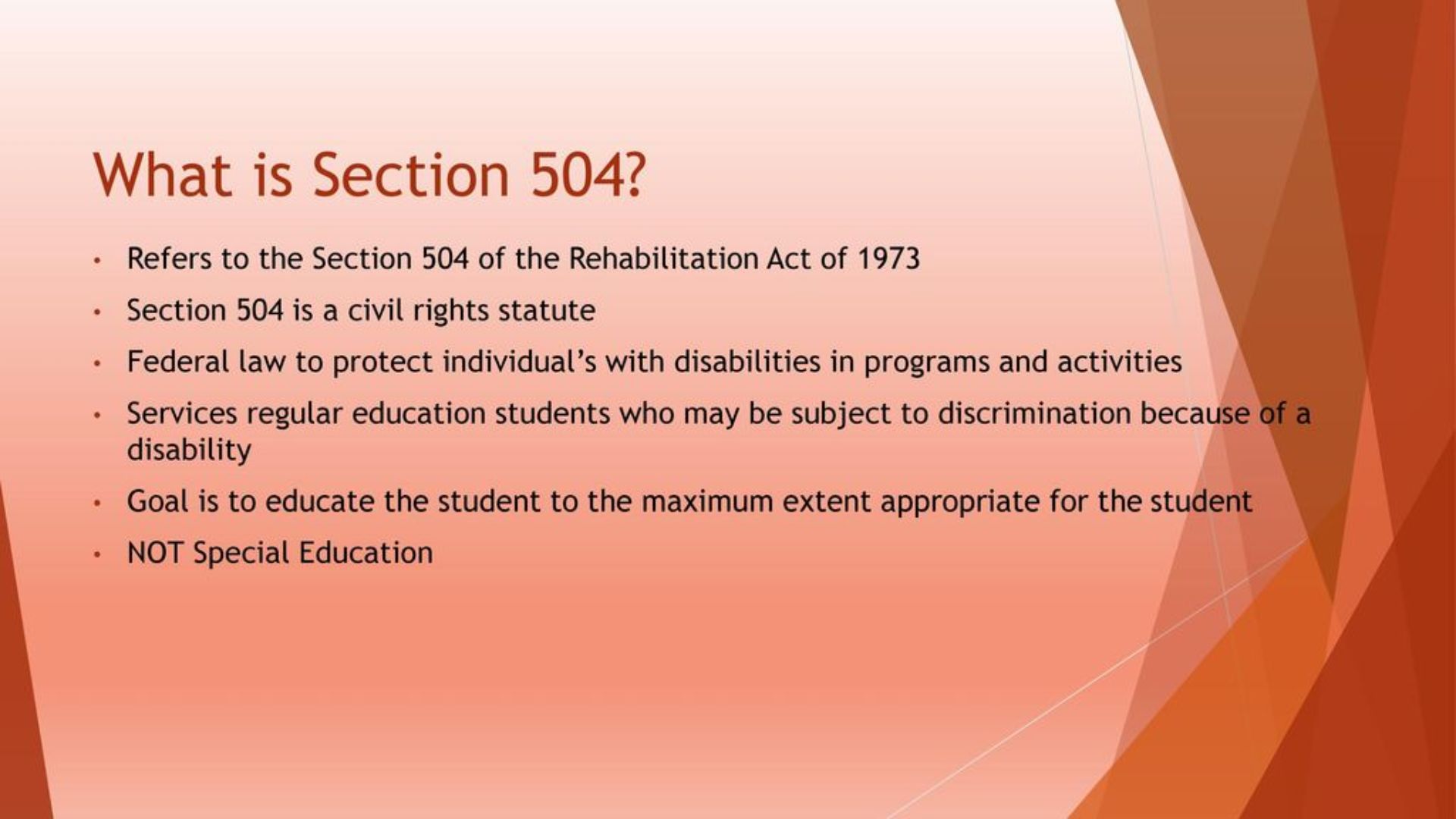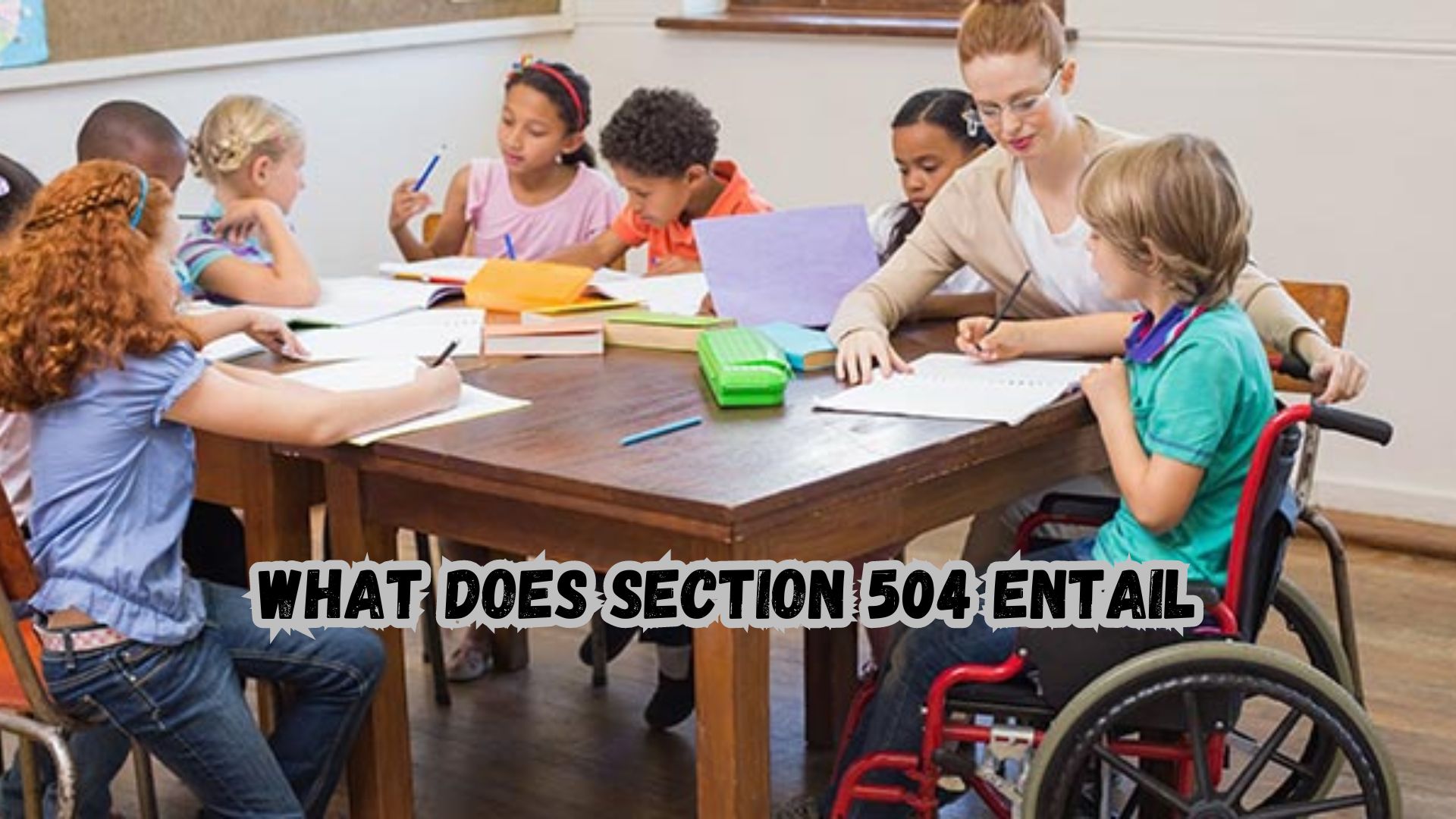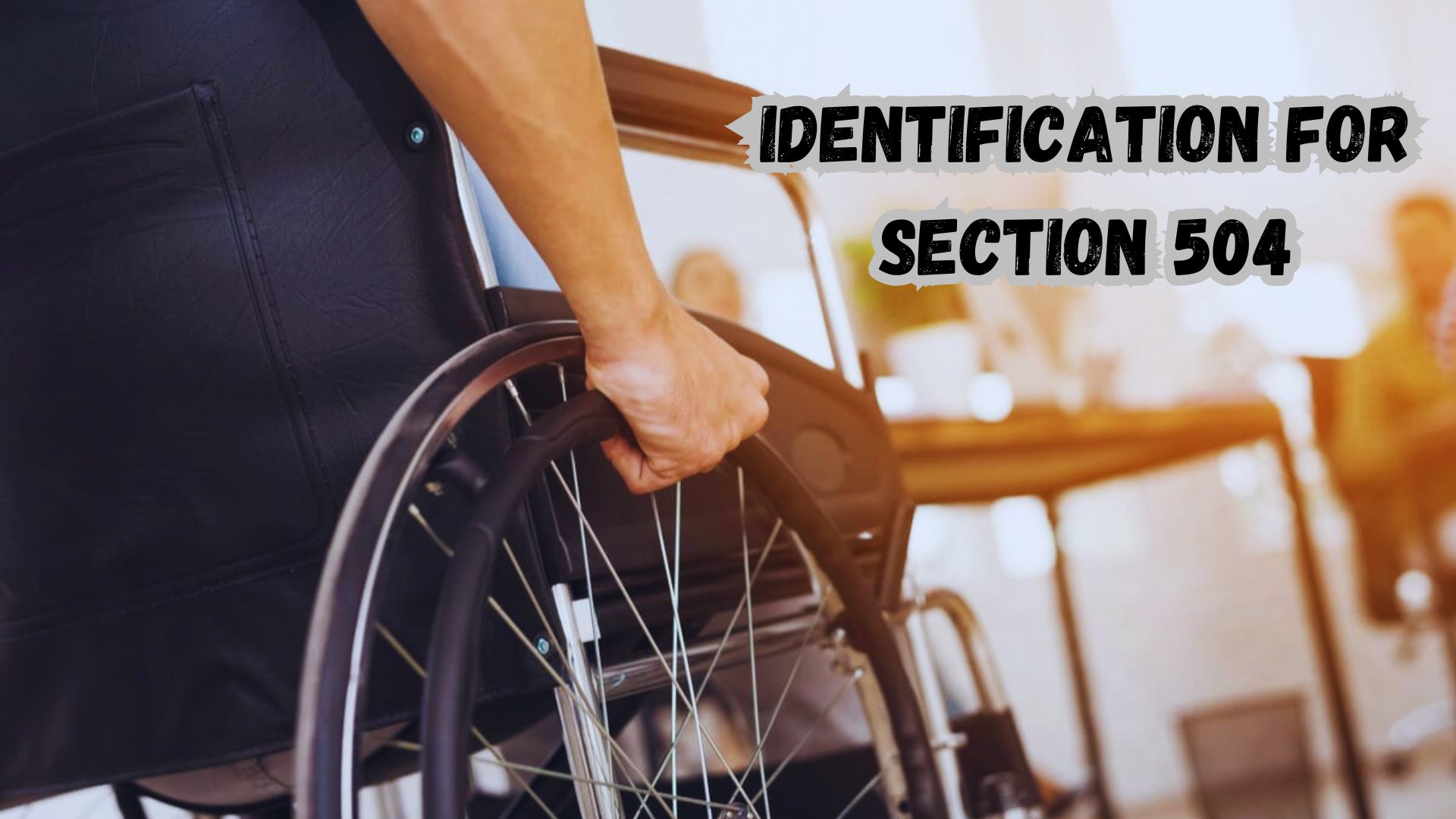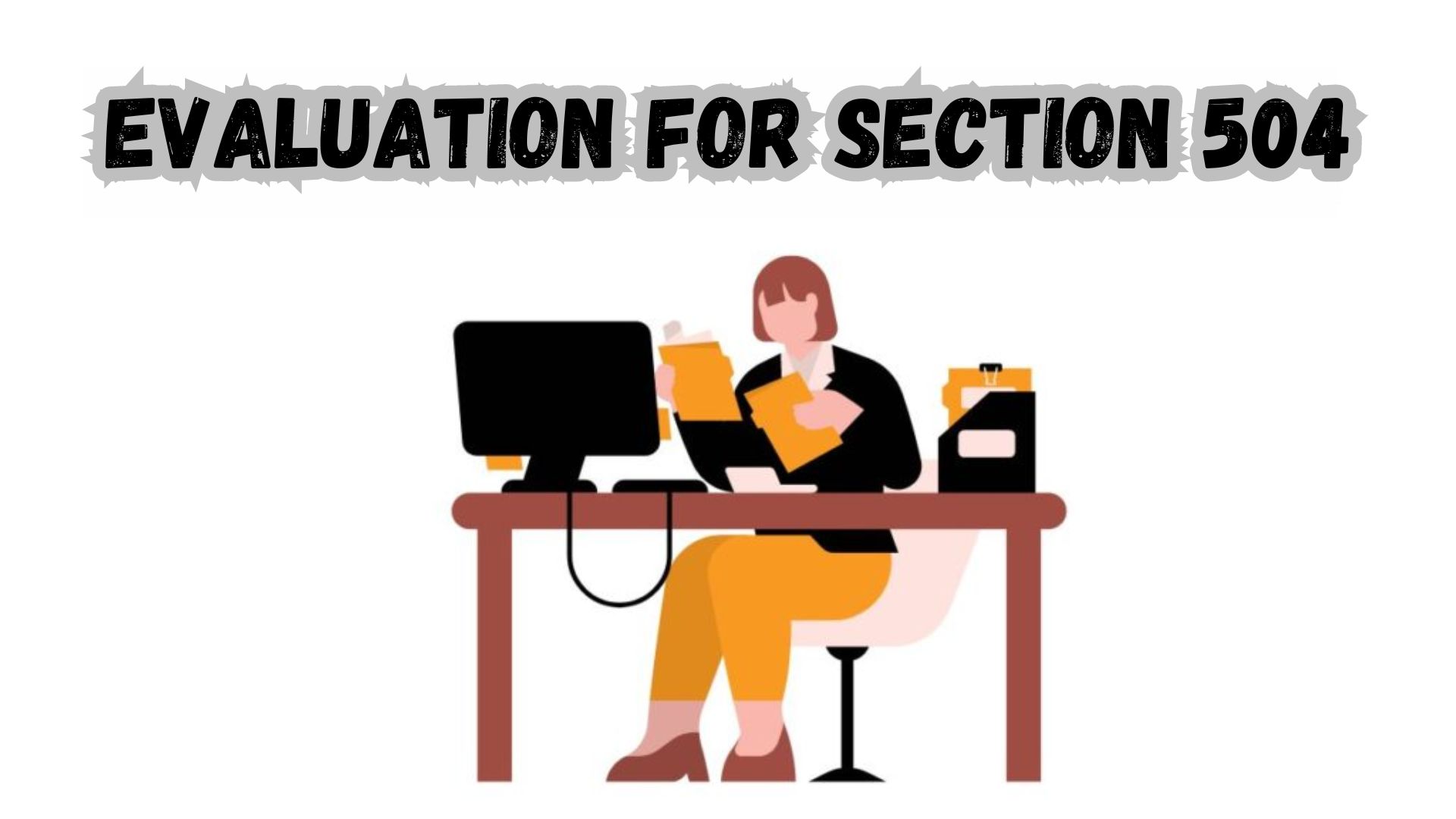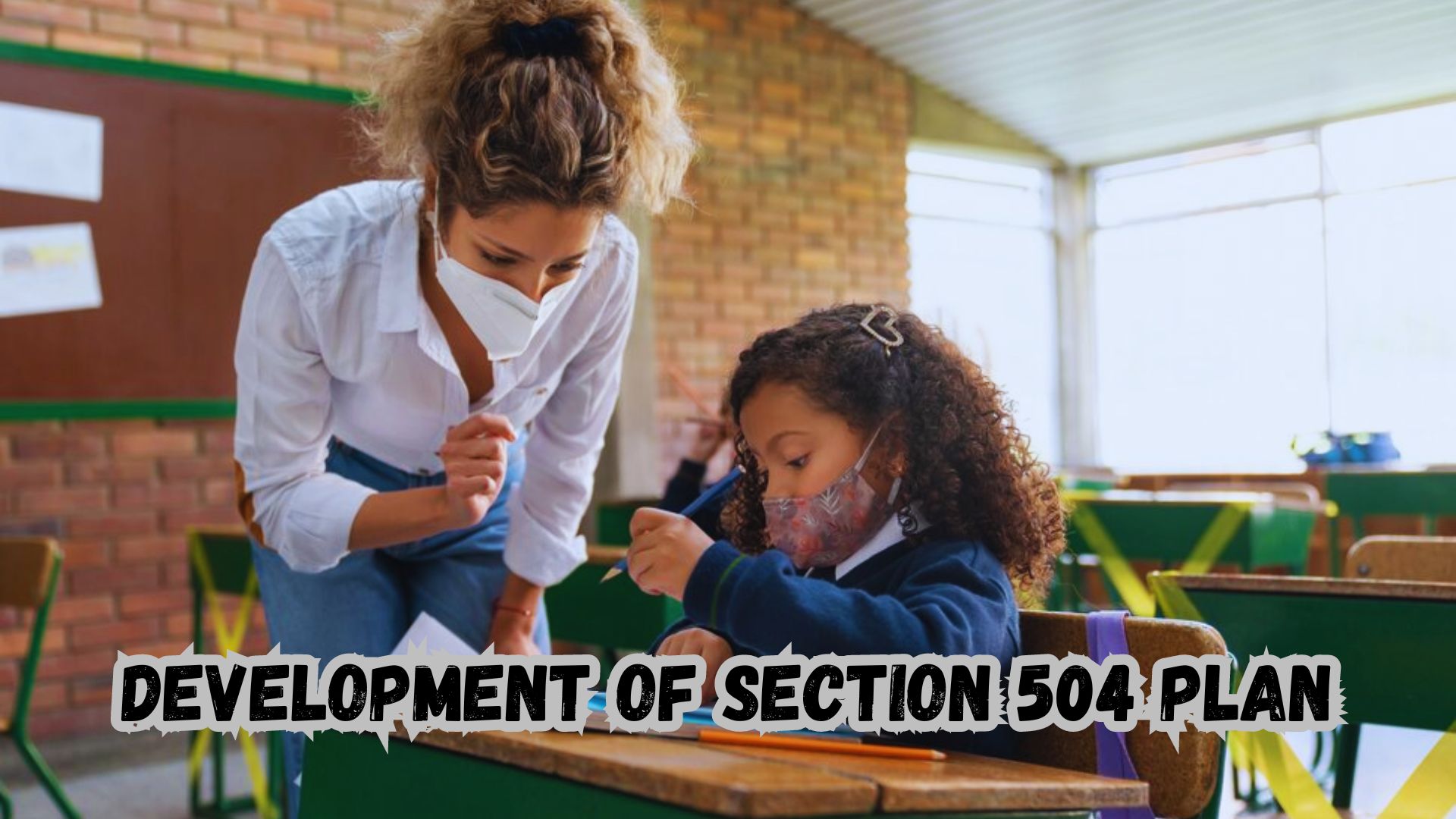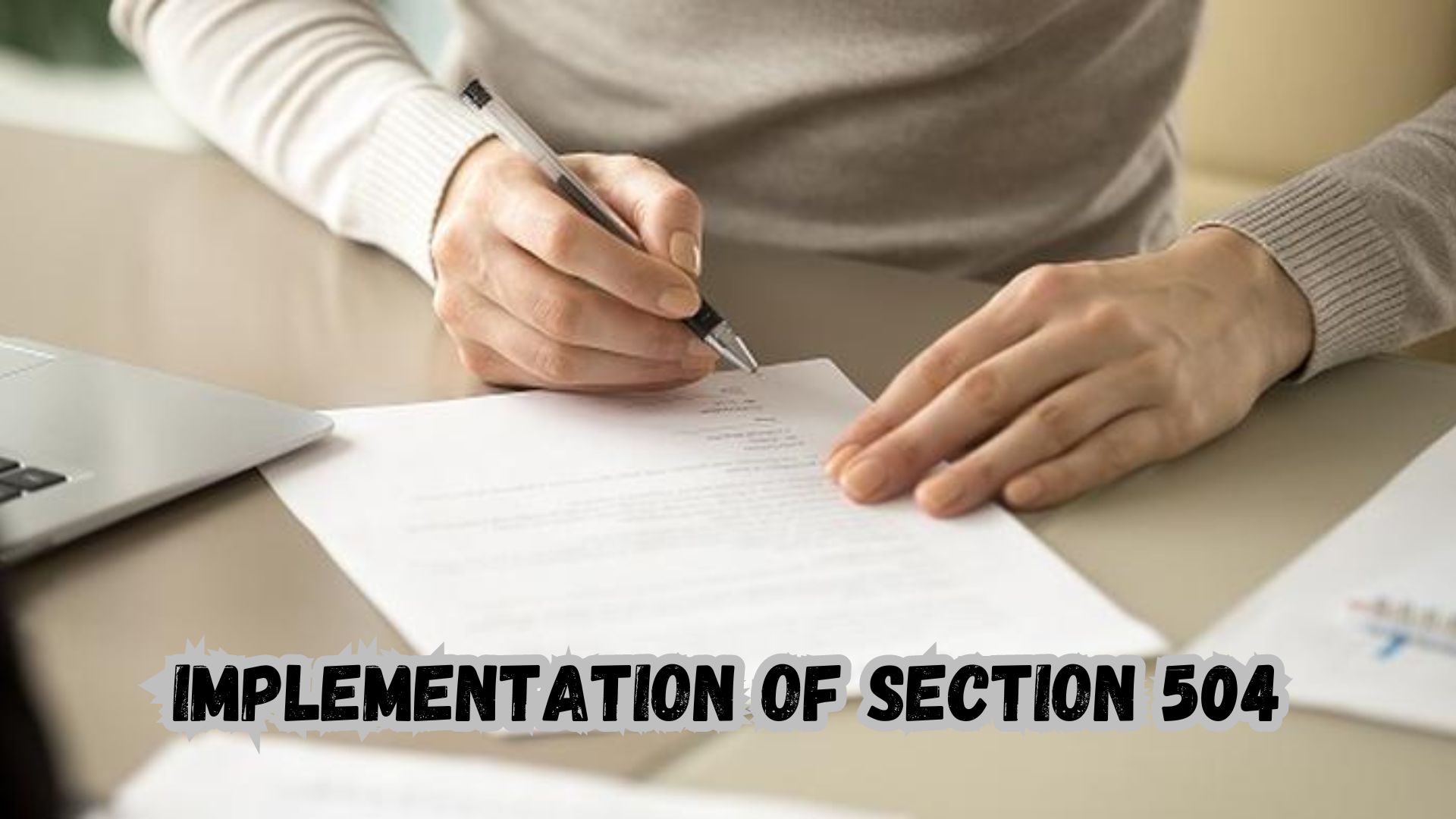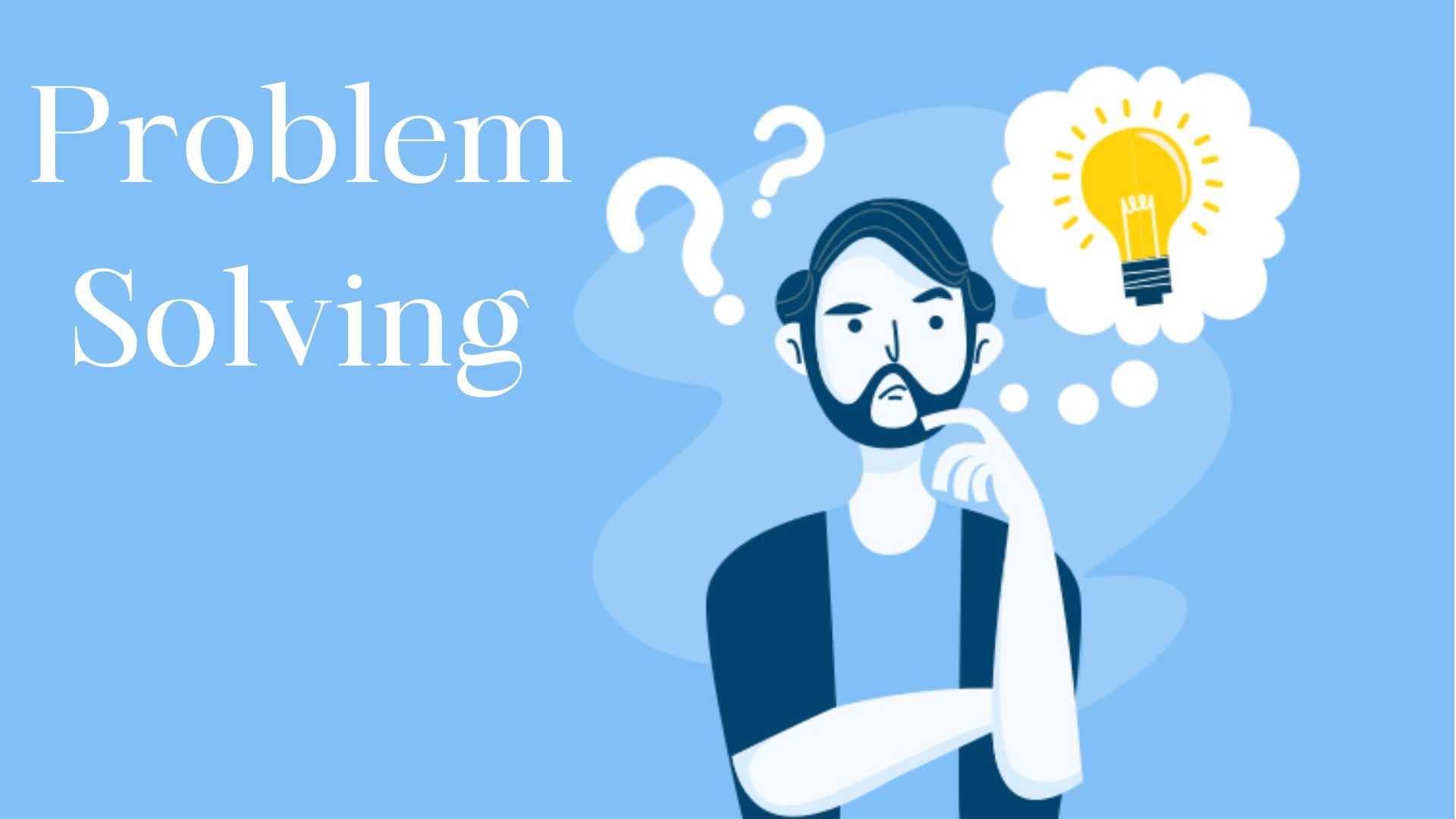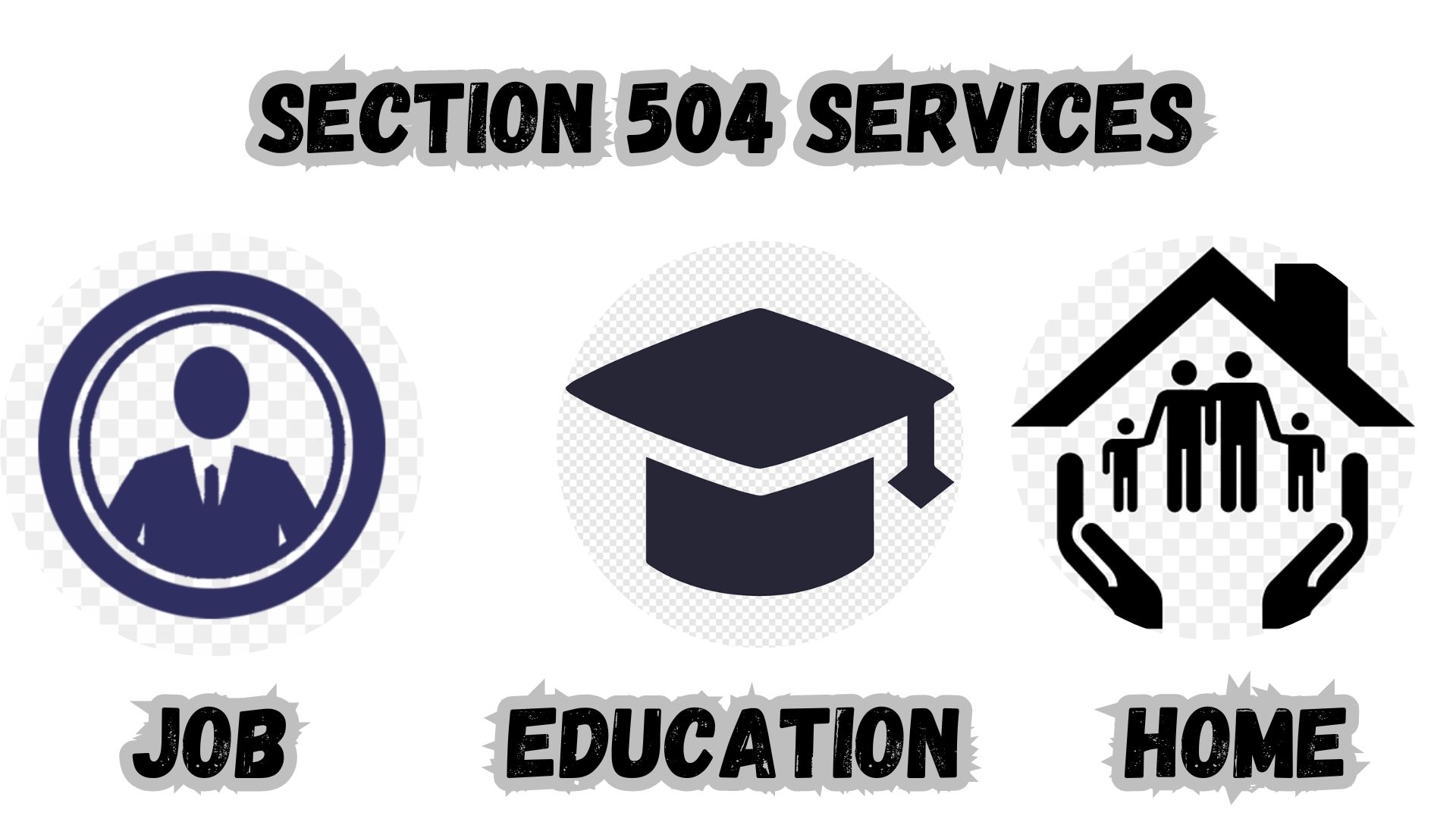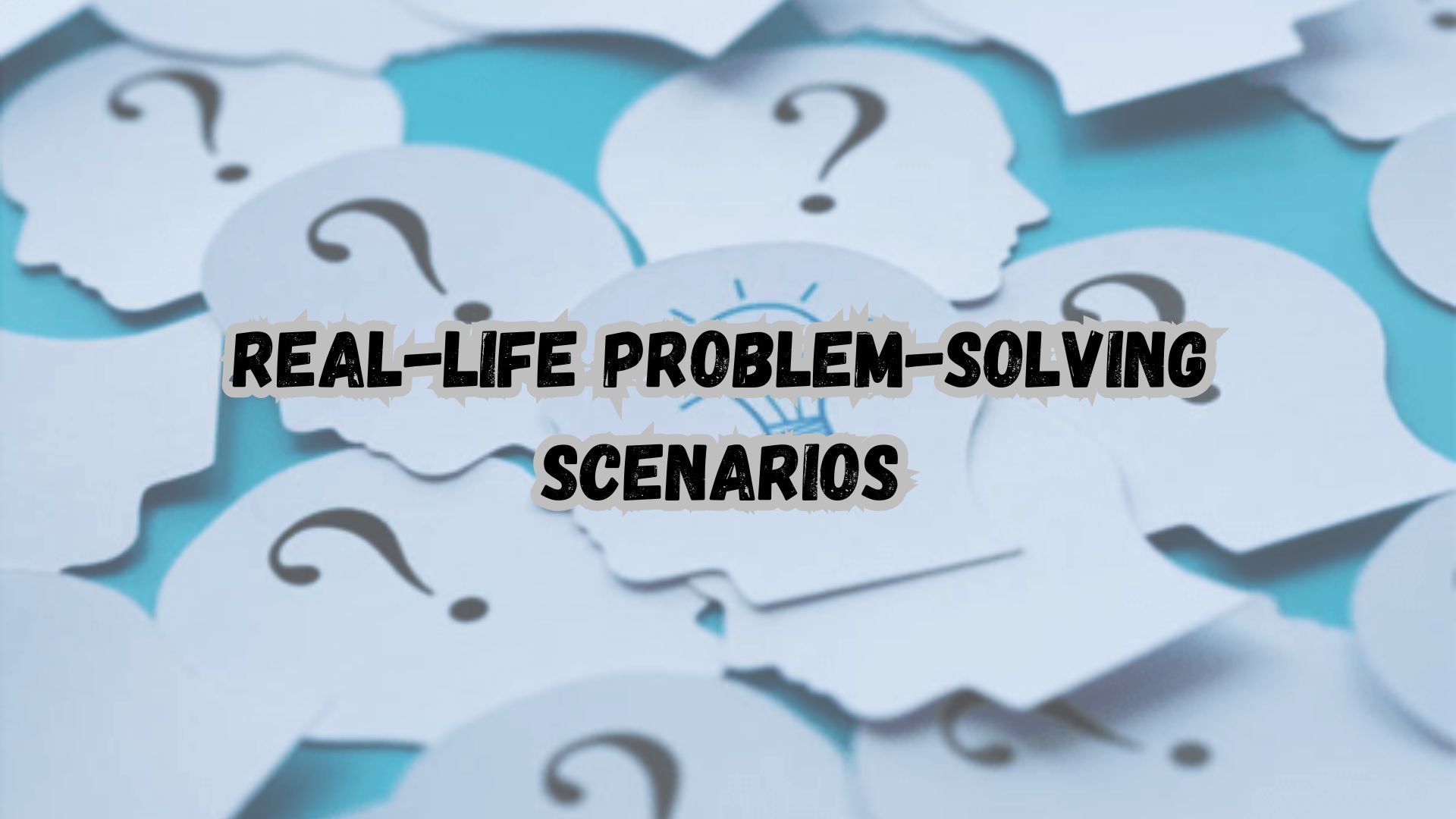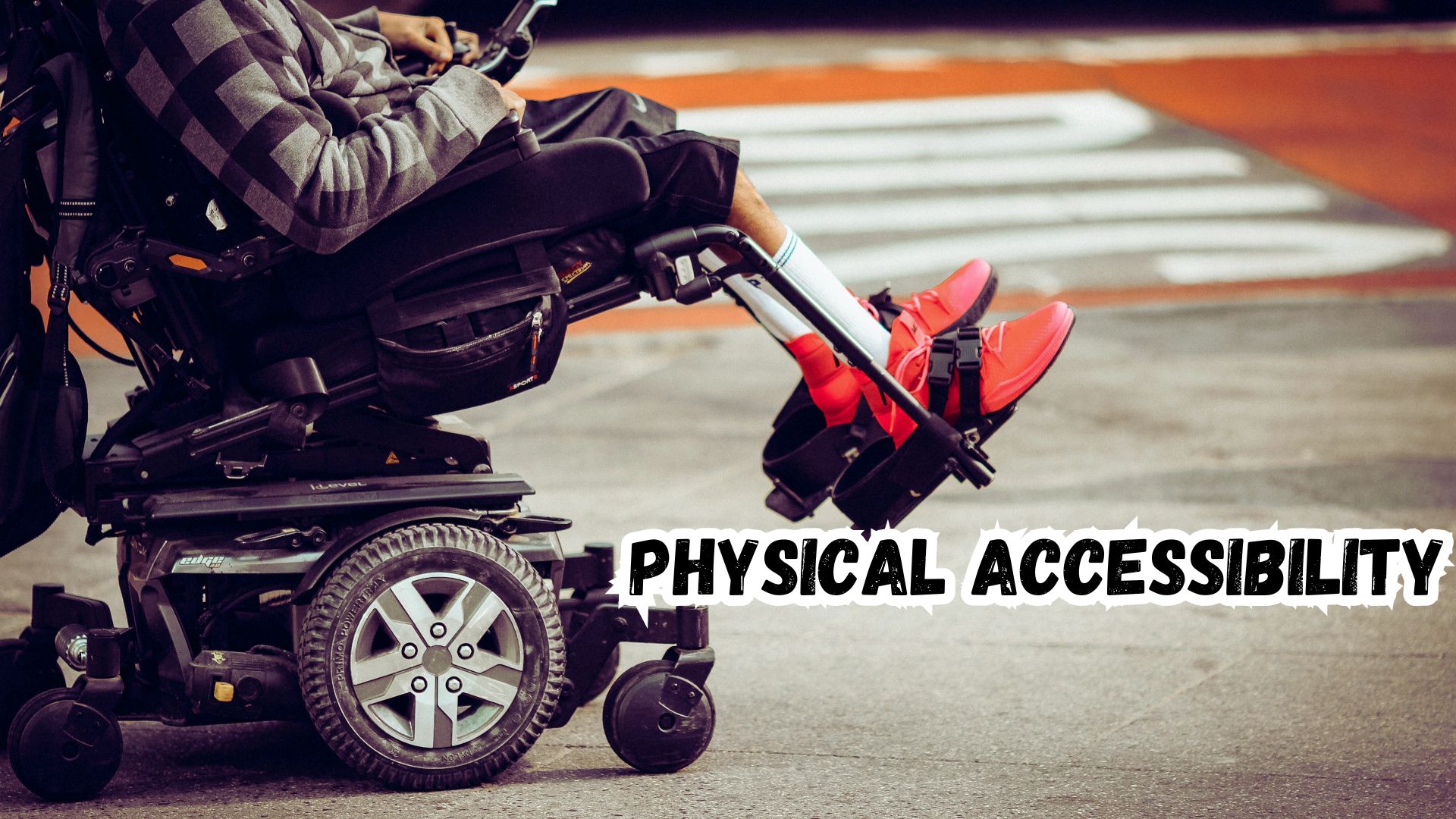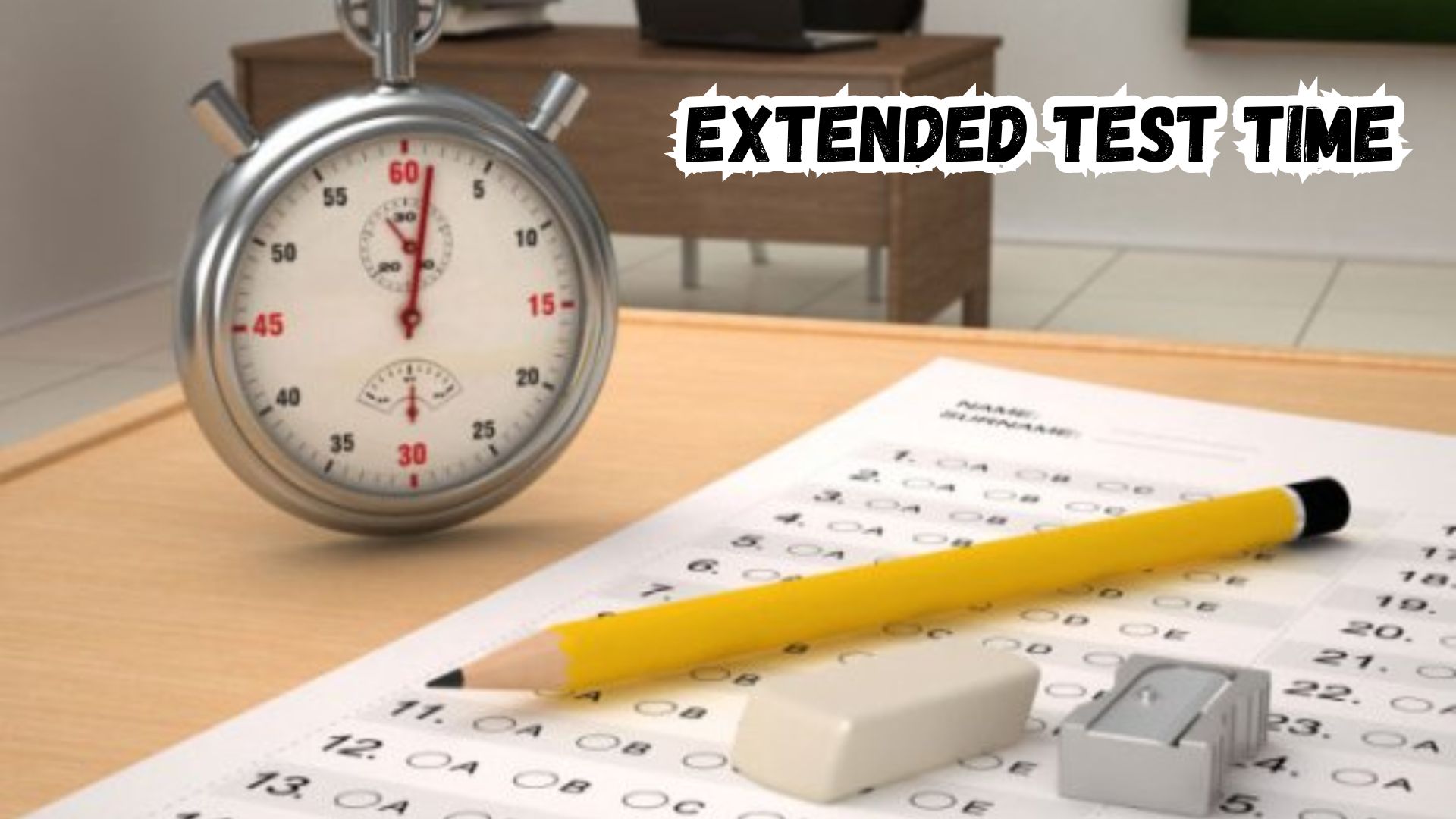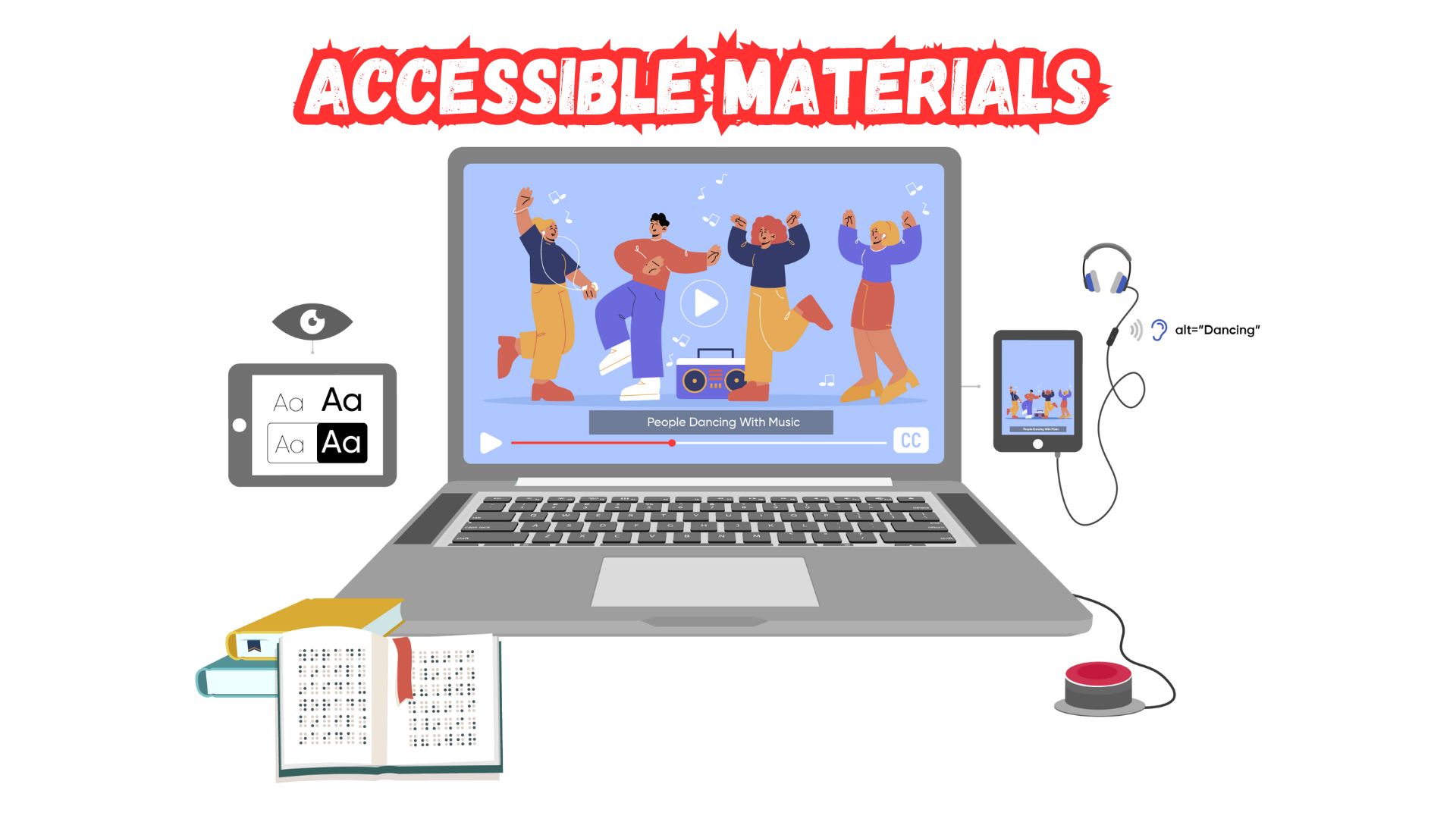Does your child recently have overcome a learning disability? If so, it is time to know about Section 504 of the Rehabilitation Act of 1973. It is a federal civil right that prohibits the idea of discrimination. Here, we are to shed light on the importance of Section 504 and how it can significantly impact your child’s education. In this article, we’ll explore what Section 504 is, how students become eligible for Section services, the Section process, available services, and real-life problem-solving scenarios.
What is Section 504?
Section 504 is a crucial civil rights statute that prohibits discrimination against individuals with disabilities in all programs receiving federal financial assistance. Its roots date back to 1973, with the primary goal of leveling the playing field for people with disabilities, ensuring they have equal access and opportunities in various aspects of life, including education.
This statute covers a wide range of programs and institutions, including:
- Public Schools: This includes charter schools, ensuring that all students, regardless of their disability, have equal access to quality education.
- Post-secondary Education: Public colleges, universities, and even Utah Colleges of applied technology are covered by Section 504, ensuring accessibility to higher education.
- Private Colleges: If these institutions receive federal financial assistance, they are also subject to Section 504’s provisions.
- Government Programs: Federal, state, and local government programs, such as recreational centers, federal housing, mental health centers, and more, are included.
Equal Access and Opportunity
The core principle of Section 504 is to place students with disabilities on an equal starting level with their typical peers when it comes to accessing classroom instruction and participating fully in assessments. Importantly, it doesn’t aim to lower learning expectations but rather to provide accommodations that facilitate equitable access to education.
The original intent of the legislators behind the Rehabilitation Act of 1973, which includes Section 504, was to shift society’s perception of people with disabilities. Instead of viewing disability as a medical problem to be fixed, it promotes the idea that disability is a natural part of human experience. It in no way diminishes an individual’s right to full inclusion and integration in various aspects of life, including education, employment, independent living, and economic and social self-sufficiency.
- Equal Opportunity in the Regular Classroom: Students should be educated with their peers to the maximum extent appropriate.
- Equal Access to Academic Services: This ensures that students with disabilities have the same opportunities as their peers to access academic support and resources.
- Equal Access to Non-academic Settings: Beyond the classroom, Section 504 ensures equal access to extracurricular activities, meals, recess, and physical education.
What Benefits Does Section 504 Carry?
Under the Section, qualified individuals with disabilities are entitled to a free appropriate public education, often abbreviated as FAPE. An appropriate education encompasses regular or special education, as well as related aids and services designed to meet the unique educational needs of students with disabilities as effectively as those without disabilities.
In simpler terms, students with qualified disabilities have the right to receive reasonable accommodations tailored to their individual needs. These accommodations aim to level the playing field, providing an equal opportunity to benefit from their educational program. Crucially, these services are provided free of charge to parents or guardians, except for fees imposed on all students.
The Section 504 Process & How To Become Eligible?
Understanding the Section 504 process is vital for both parents and educators. This step-by-step breakdown is essential for ensuring that students with disabilities receive the support they need. It starts with identifying eligible students, followed by a thorough evaluation to determine their requirements. A customized Section plan is then created, putting the plan into action, and regularly reviewing and updating it to cater to the student’s evolving needs. Collaborative problem-solving is key to addressing any challenges that may arise, you can also can be engage with Grants for Black and Minority Students.
Step 1: Identification
Identification involves recognizing students who may require accommodations due to a qualified disability. This initial stage is critical for pinpointing individuals who can benefit from Section services, paving the way for tailored support and ensuring equal access to education.
Step 2: Evaluation
Evaluation entails conducting a thorough assessment to establish eligibility for Section services. This comprehensive evaluation process considers multiple factors, including medical documentation, academic performance, and input from teachers, parents, and professionals. It plays a crucial role in determining the student’s suitability for accommodations and services under Section 504.
Step 3: Development of Section 504 Plan
Development of Section Plan involves collaboration with parents, teachers, and relevant professionals to craft a tailored Section 504 plan if the student is found eligible. This personalized plan outlines specific accommodations and services designed to meet the unique educational needs of the student. It serves as a roadmap for ensuring equal access to education and supporting the student’s academic success.
Step 4: Implementation
Implementation is the crucial phase where the Section 504 plan is put into action. This entails ensuring that the student receives all the necessary accommodations and services outlined in their personalized plan. It is the hands-on aspect of the process, where educators and support staff work together to create an inclusive educational environment that caters to the student’s unique needs, promoting equitable access and opportunities.
Step 5: Periodic Review
Periodic Review involves the ongoing assessment and adjustment of the Section plan to align with the student’s changing needs and progress. Regular reviews ensure that the accommodations and services remain effective and relevant, allowing for timely modifications as necessary. This dynamic approach is essential for supporting the student’s academic journey and maintaining equitable access throughout their educational experience.
Step 6: Problem-Solving
Problem-Solving is a proactive approach to addressing challenges or concerns that may arise during the Section 504 process. It emphasizes collaborative problem-solving, where educators, parents, and professionals work together to identify and resolve issues. This ensures that the student’s needs are met effectively and that they continue to receive the support necessary for their academic success, fostering an inclusive and accommodating educational environment.
Available Section 504 Services
Section 504 plans can include a wide range of services and accommodations tailored to each student’s needs. Some common examples include:
- Extended Test Time: Students with disabilities may need extra time to complete assessments.
- Accessible Materials: Providing textbooks and materials in alternative formats, such as braille or audio, for students with visual impairments.
- Assistive Technology: Access to devices or software that assist with learning or communication.
- Specialized Instruction: Customized instruction to address specific educational needs.
- Physical Accessibility: Ensuring that school facilities are physically accessible for students with mobility impairments.
Real-Life Problem-Solving Scenarios
Real-Life Problem-Solving Scenarios offer practical insights into the application of Section 504. We delve into real-world situations, providing tangible examples of challenges that may be encountered. Additionally, we present recommended solutions, demonstrating how Section 504 can be effectively applied to address these challenges. These scenarios serve as valuable learning experiences, showcasing the impact of Section in ensuring equitable access to education and support for students with disabilities.
Scenario 1: Physical Accessibility
Challenge: A student who uses a wheelchair cannot access certain areas of the school due to architectural barriers.
Solution: Collaborate with school staff to identify and implement physical modifications, such as ramps or accessible bathrooms, to ensure the student can navigate the school independently and we can search best student credit card for arranging these stufs.
Scenario 2: Extended Test Time
Challenge: A student with attention deficit hyperactivity disorder (ADHD) struggles to complete tests within the standard time frame.
Solution: Include extended test time in the student’s Section 504 plan, allowing them the necessary extra time to demonstrate their knowledge.
Scenario 3: Accessible Materials
Challenge: A visually impaired student has difficulty accessing standard printed textbooks.
Solution: Provide the student with accessible materials, such as braille textbooks or audio versions, to ensure they can fully participate in class.
Frequently Asked Questions (FAQs)
Q1. What is Section 504 and who does it apply to?
Section 504 is a civil rights statute that prohibits discrimination against individuals with disabilities in programs and institutions that receive federal financial assistance. This includes public schools, post-secondary education, government programs, and more. It applies to individuals with qualified disabilities and aims to provide them with equal access and opportunities.
Q2. How does a student become eligible for Section 504 services?
To become eligible for Section 504 services, a student must first be identified as needing accommodations due to a qualified disability. Then, an evaluation is conducted to assess eligibility. If the student is found eligible, a customized Section 504 plan is developed to outline the necessary accommodations.
Q3. What types of accommodations are typically included in a Section 504 plan?
Section 504 plans are highly individualized, and accommodations vary based on the student’s specific needs. Common accommodations may include extended test time, accessible materials, assistive technology, specialized instruction, and physical accessibility modifications, among others.
Q4. Is there a cost associated with Section 504 services?
No, Section 504 services are provided free of charge to parents or guardians. The law stipulates that parents should not incur any costs for the accommodations and services outlined in the Section 504 plan, except for fees imposed on all students.
Q5. What is the goal of Section 504 in education?
The primary goal of Section 504 in education is to ensure equal access and opportunities for students with disabilities. It aims to level the playing field, allowing students with disabilities to fully participate in classroom instruction, assessments, and non-academic activities alongside their peers. Section 504 does not lower learning expectations but rather provides the necessary support for students to succeed.
Conclusion
In conclusion, Section 504 is a powerful tool that ensures individuals with disabilities have equal access and opportunities in education and beyond. It promotes a shift in society’s perception of disability.
